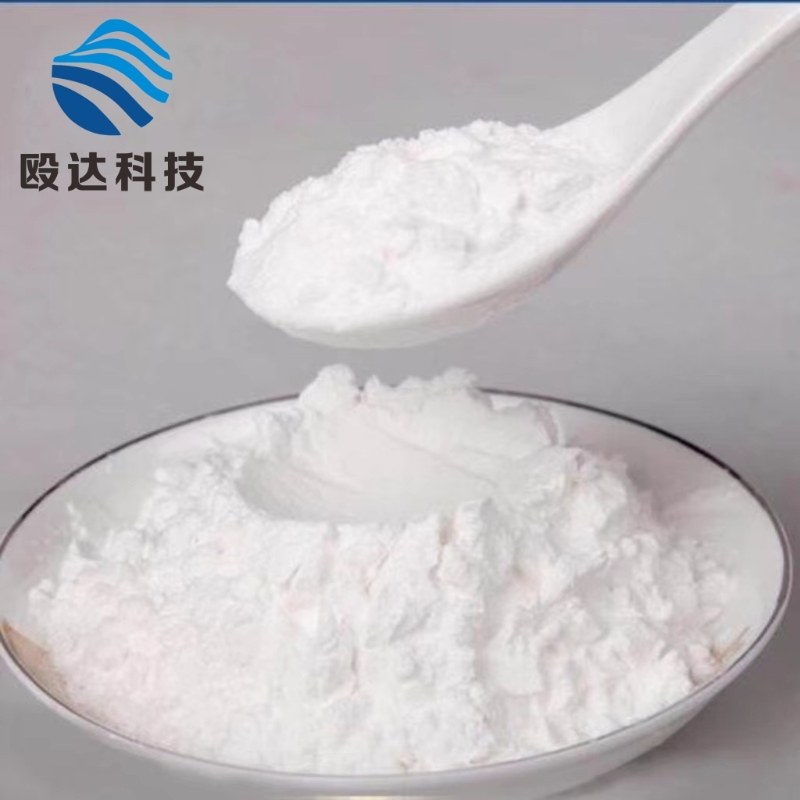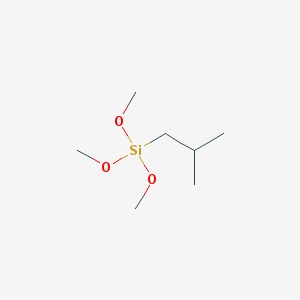-
Categories
-
Pharmaceutical Intermediates
-
Active Pharmaceutical Ingredients
-
Food Additives
- Industrial Coatings
- Agrochemicals
- Dyes and Pigments
- Surfactant
- Flavors and Fragrances
- Chemical Reagents
- Catalyst and Auxiliary
- Natural Products
- Inorganic Chemistry
-
Organic Chemistry
-
Biochemical Engineering
- Analytical Chemistry
- Cosmetic Ingredient
-
Pharmaceutical Intermediates
Promotion
ECHEMI Mall
Wholesale
Weekly Price
Exhibition
News
-
Trade Service
Vancomycin, a semisynthetic antibiotic, has been widely used for the treatment of various bacterial infections since its discovery in 1953.
It is commonly used to treat infections caused by gram-positive bacteria, such as Staphylococcus aureus and Streptococcus pneumoniae.
Vancomycin is known for its broad spectrum of activity and its ability to penetrate into the inner cell membrane of bacteria, where it inhibits the activity of the bacterial cell wall biosynthesis pathway.
This makes it effective against bacteria that have developed resistance to other antibiotics.
Despite its widespread use and effectiveness, vancomycin is known to have potential side effects.
The most common side effects are gastrointestinal, and can include diarrhea, nausea, and abdominal pain.
In rare cases, more serious side effects can occur, including nephrotoxicity, which is damage to the kidneys, and infusion-related reactions, which can include flushing, chest pain, and difficulty breathing.
There is also concern about the potential for vancomycin to cause drug-induced interstitial nephritis, which is a type of kidney damage that occurs when the tissues in the kidneys become inflamed.
This side effect is thought to be caused by an immune response to the drug, and can lead to long-term kidney damage if left untreated.
Despite these potential side effects, vancomycin is generally considered to be a safe and effective treatment for bacterial infections.
However, it is important to be aware of the potential side effects and to monitor patients closely for any signs of adverse reactions.
In recent years, there has been growing concern about the safety of vancomycin, particularly in relation to its potential to cause drug-induced interstitial nephritis.
In response to these concerns, researchers have been working to develop new and safer alternatives to vancomycin.
One potential alternative is daptomycin, which is a lipopeptide antibiotic that is structurally similar to vancomycin.
Unlike vancomycin, daptomycin does not bind to the bacterial cell wall and does not cause drug-induced interstitial nephritis.
Instead, it works by disrupting the bacterial cell membrane, leading to bacterial lysis and death.
Another potential alternative is oxazolidinones, which are a class of antibiotics that differ from vancomycin in their mechanism of action.
Oxazolidinones work by inhibiting the activity of the bacterial enzyme priA, which is involved in the bacterial cell wall biosynthesis pathway.
Despite the potential risks associated with vancomycin, it remains an important treatment option for bacterial infections.
However, it is important for healthcare providers to be aware of the potential side effects and to carefully monitor patients for any signs of adverse reactions.
In conclusion, vancomycin is a semisynthetic antibiotic that has been widely used for the treatment of bacterial infections since its discovery in 1953.
Although it is generally considered to be safe and effective, it is known to have potential side effects, including drug-induced interstitial nephritis.
As a result, researchers have been working to develop new and safer alternatives to vancomycin, such as daptomycin and oxazolidinones.
Healthcare providers should be aware of the potential risks associated with vancomycin and carefully monitor patients for any signs of adverse reactions.







